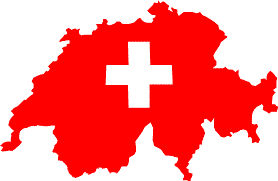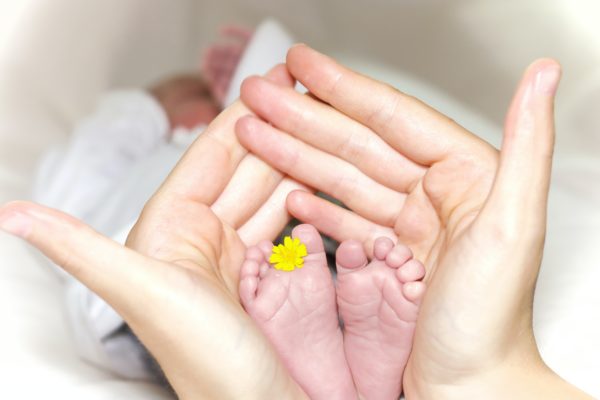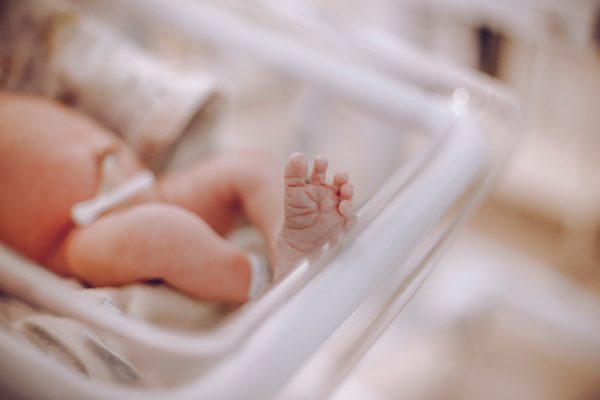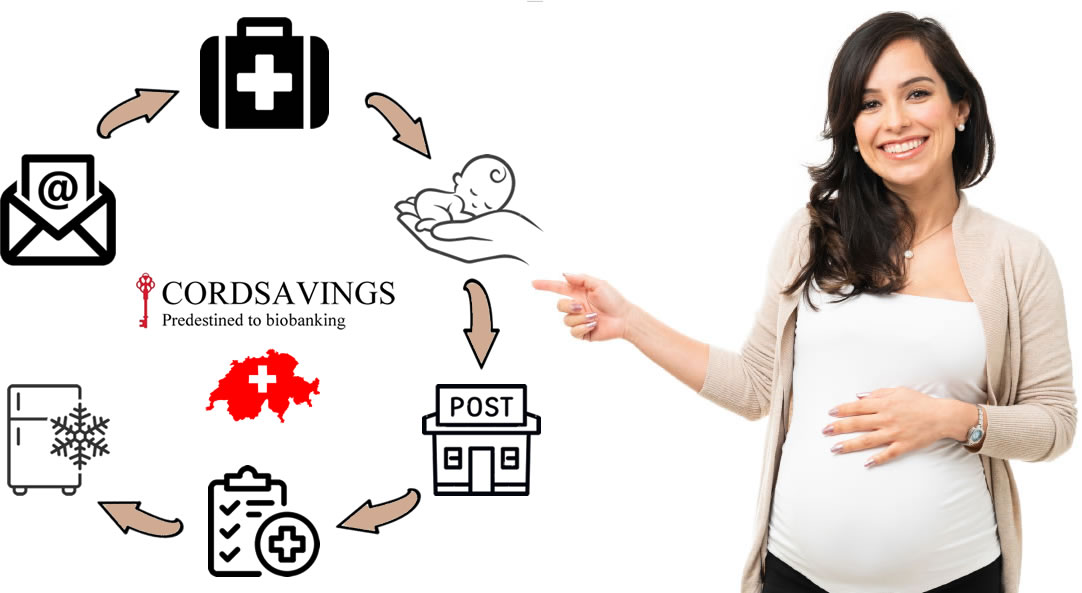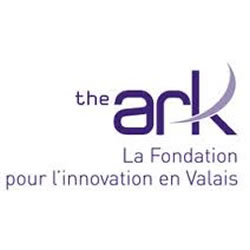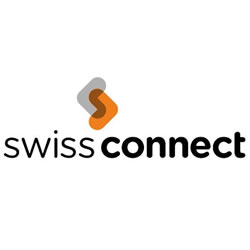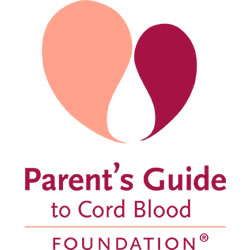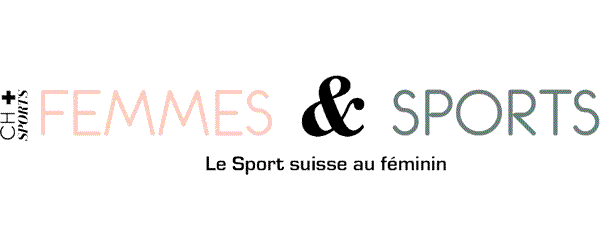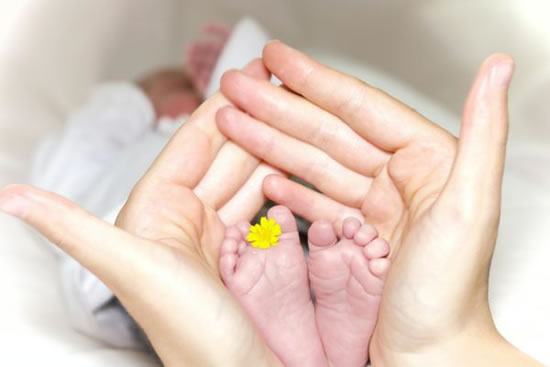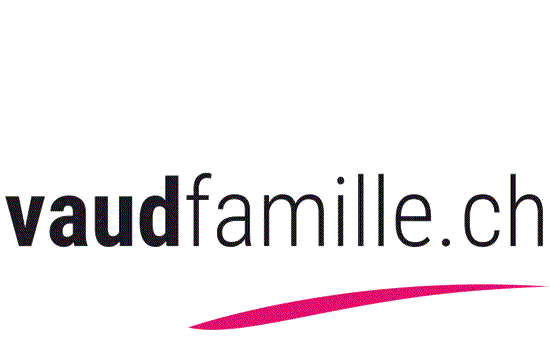LOST CELLS - Exodus of biological stem cell units Cryo-save across Eastern Europe
An investigative series 'LOST CELLS' (podcasts and RTS television film to follow) examined the 'cryo-save' scandal and its repercussions across Europe: https://www.swissinfo.ch/eng/lostcells/
It would be excellent if this could contribute to the exposure of the sinister intentions of the people and companies in question in the course of these investigations and inquiries.
But it should certainly not be an indiscriminate act of mistrust towards all those who strive to do a good job in the magnificent and very important activity of processing and storing stem cells from neonatal tissue (*).
First of all, a reminder of the facts of the so nauseating 'Cryo-save' affair:
In the spring of 2019, after holding out the prospect of rescuing its company, which was then in great difficulty, to the main shareholder of Cryo-save AG for many months, the Polish group FAMICORD-PBKM withdrew from any takeover but managed to take back to Poland, without financial compensation, total operational control of 55 huge nitrogen containers nitrogen (called tanks) filled with samples from Cryo-Save customers.
Cryo-Save was then, and had been for two decades, Europe's undisputed number one in the private stem cell sector, with almost 400,000 customers throughout Europe and far beyond. This source of precious cells was an equally gigantic and tempting "prey" for the European number 2 (just behind Cryo-Save), which at the time was FAMICORD-PBKM.
At almost the same time, in the summer of 2019, and therefore before Cryo-save went bankrupt, the American-Emirati (Los Angeles-Dubai) group CSG.BIO had also apparently acquired various rights from Cryo-save and its main shareholder over the same tanks and their contents, including the related data.
Therefore, from 2020, and after these two parties had tried in vain to divide up among themselves the giant prey that constituted the cells of these hundreds of thousands of parents, CSG.BIO went to trial with FAMICORD-PBKM with the aim of recovering what it also coveted with great greed.
Since then, and on the backs of these hundreds of thousands of parents taken hostage, there have been endless legal disputes between FAMICORD-PBKM and CSG.BIO.
However, a 56th tank was left standing, which had escaped this massive biological exodus led by FAMICORD-PBKM in just a few hours, mainly due to the haste of the transport to Poland.
But this tank contained almost 4,000 samples from Swiss children!
And it was in Holland at the time?!
In fact, the biological content of this 56th tank was indeed threatened with irretrievable loss, as there was no authorised stem cell biobank to really take care of it, and CSG. BIO, which had de facto taken over control from LindeGas in Holland, had absolutely no authorisation in Europe, no laboratory and not even any staff, even though these are absolutely essential for the administration and conservation of such cryofrozen cell batches.
So, faced with this veritable ‘basket of giant crabs’, and despite being a real dwarf compared to these two cold mastodons, we decided to act.
After many adventures and complexities, the details of which we will not go into here, we finally managed to extract more than 6,000 stem cell samples (mostly from families living in Switzerland, Germany and Austria) from the clutches of these giants and save them in our stem cell laboratory in Monthey.
This is important news because the many parents who have not been able to find their children's stem cells, or who do not wish to submit to the operational stranglehold imposed by FAMICORD-PBKM, will finally be able to turn to a long-established Swiss laboratory duly authorised for this purpose.
But first, in the face of the media frenzy that is once again brewing, we urge you:
Parents! Keep your faith in the future and consider storing your children's stem cells (*).
It's really worth it!
CORDSAVINGS IS A REPUTABLE SWISS STEM CELL LABORATORY, CLOSE TO PARENTS AND FULLY COMMITTED TO CHILDREN.
_________________
(*) what are stem cells?
Among the major challenges for medicine in the third millennium are clearly those of procreation, prediction and regeneration. While the first is already in the news (assisted reproduction, surrogate pregnancy or babies as pharmaceutical products), the others seem more distant, even though they are already so topical! In the field of regenerative medicine, stem cell research brings with it the hope of limiting ageing and repairing or replacing damaged cells or organs. To do this, it requires choices that are the subject of debate: the manipulation of embryos, the reprogramming of adult cells, or the storage of umbilical cord blood. In any case, society finds itself in a situation where it has to respond to high individual expectations, coupled with considerable scientific and economic issues, while the need for regulation and ethics is increasingly essential!
In the specific area of the conservation of umbilical cord blood at birth, Switzerland's position is unfortunately inconsistent. It provides very little encouragement and funding for public collection, and when it does, it does so very poorly, while it has to import the majority of the transplant units needed at exorbitant costs.
However, cord blood cells have exceptional therapeutic capacities for blood diseases, largely discovered and revealed in France by Professor Eliane Gluckman nearly 40 years ago. In allogeneic administration (with no link between donors and recipients), they have already saved tens of thousands of human lives, in children and adults, where they represent a more flexible alternative to bone marrow transplants. More recently, numerous clinical trials currently in progress tend to confirm that the cells of the umbilical cord itself also constitute a great hope for the treatment of certain degenerative pathologies such as diabetes and certain affections of the liver, kidney, heart or brain. These therapeutic possibilities, which are still being explored and validated, exist this time in allogeneic administration, but also autologous (the donation being directed to the child itself) and above all intrafamilial (where the chances of genetic compatibility allowing the success of the transplant are greatly increased within the same family). These possibilities therefore concern not only the treatment of blood diseases, but also many other organs.
List of curable diseases (in constant evolution) : https://cordsavings.com/en/stem-cells/list-of-curable-diseases

